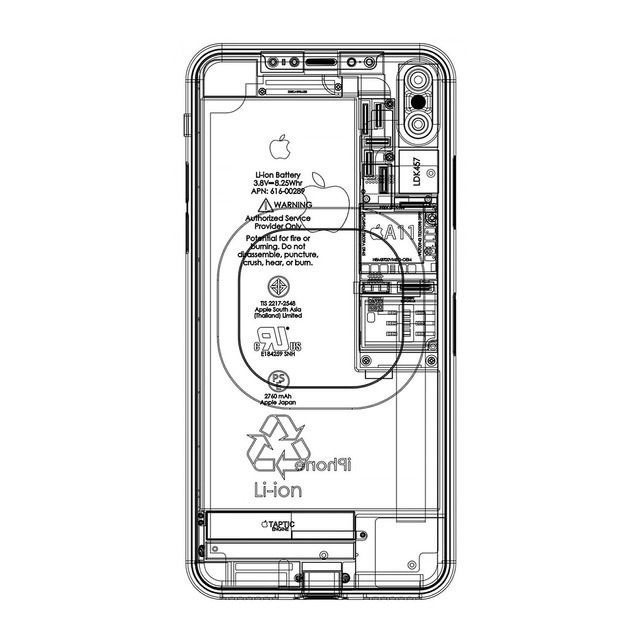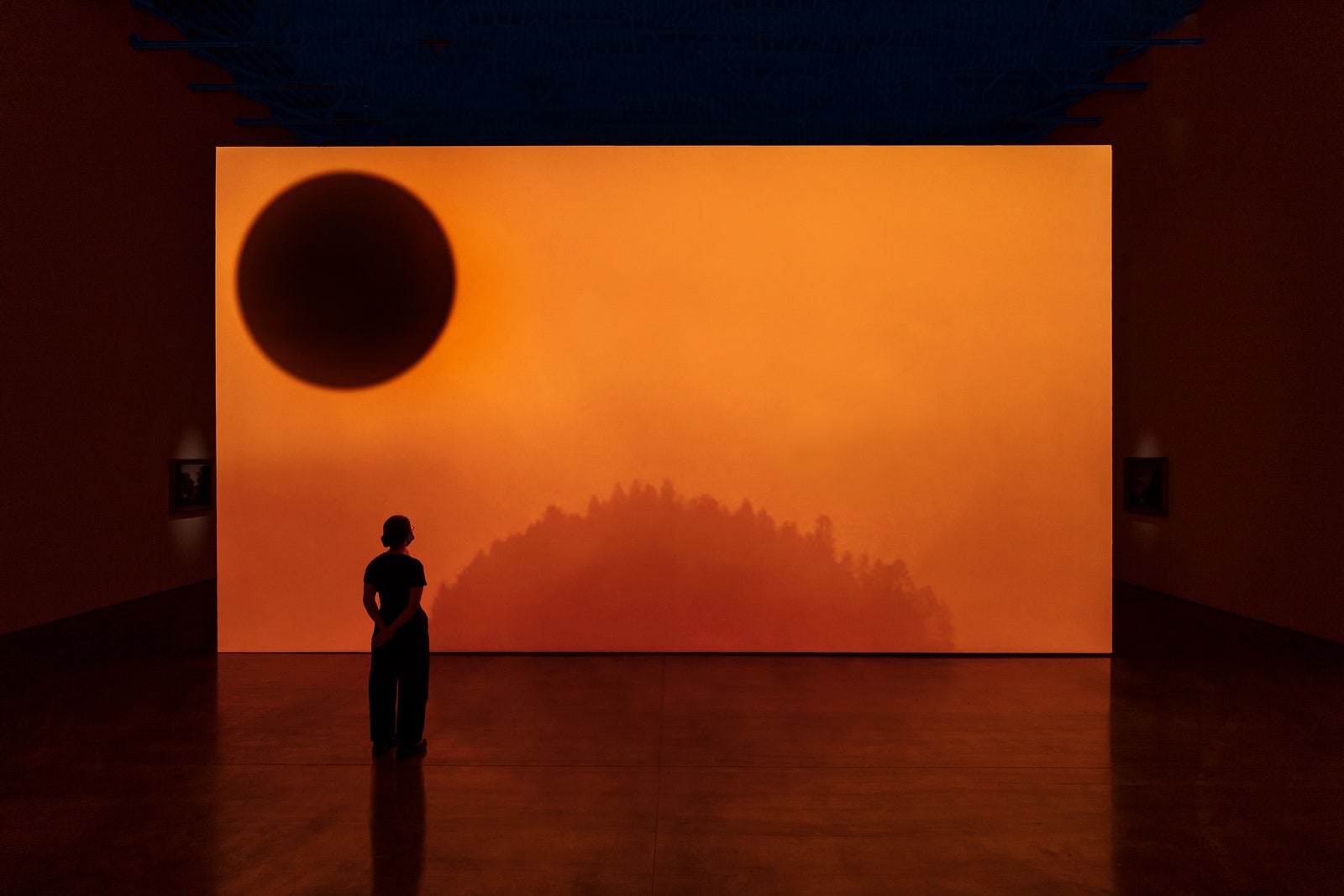
When I close my eyes, I like to think of a place. It’s nowhere. I don’t have a body. No voice. No name. No past. No breath. No perception. No ego.
Someone else’s presence is vibrating in my experience. The eternal bond between us is my reality. They’re my fragments of memories and my hopes of the future. They’re the patience that leads me to nirvana. Will I feel it once I get there? We share parts of ourselves and parts of what we know about this story. Eventually, we feel a soft sensation of goodbye.
Is this the feeling of being digitally embodied? Yes, I recognize it. Soon, my thoughts will also fade away. A part of me wants to disconnect. The sense of belonging to my body is fighting with my expanded sense of being. When it's too much, I open my eyes. I reach out to grab my phone, a slab from that “no place” outside the boundaries of the possible states of this world.


THE GHOST
I’m typing this on my phone. All the muscles on my hands, forearms and shoulders are working just to move my thumbs to the right positions of the screen. Together they navigate on a digital map, within the lower half of the screen, the keyboard. A strangely fluid map for my physical hands, one that's always transforming, shapeshifting. Are my muscles parts of the digital infrastructure? A simultaneous digital and physical self-awareness descends on me and my train of thought disintegrates. Digital + Physical = ? What is this weird, familiar, alien, caring, dominating existence, all around and inside me?
The way I'm experiencing myself through this text, through the images I see and the feeds I scroll through. I am all of that. In there, over there, out there, where I am not. A ghost is bound to my body. It moves like me, it talks like me, but it is almost invisible in the infinite dimensions it floats in. A ghost, which is many ghosts. An animated n-dimensional structure, a computational hallucination. Like something from a dream, the condensation of a part of me and of others into a single symbol, into an endlessly generated animation.
Superimposed on the various frames of the ghost is the evanescent image of the user. A mediator entity, translating between the two juxtaposed media for possible worlds: the generative and the non-generative one. While the ghost is more like my shadow on the wall in the blueish light of the screen, the user is the metaphor for my reflection in the glass when the screen turns black. An anchor for self-awareness. The brighter, the more colorful the screen, the user more invisible in the high-dimensional geometrical visuals of the hallucination.


DREAM MACHINES[1]
The digital is a psychedelic experience. Unlike the mind attached to our body[2], our digital ghost is deprived of all control and senses. Essentially, it is ego death. It is defined by the sum of its surroundings: a network of all the interpersonal information we leave behind. The world over there, in the digital, has the spacial capacity to contain infinite copies of the same thing, and it functions under a very different logic. When the infinite-dimensional shapes are projected onto our lower dimensional world, multiplicities, superpositions appear.[3] Our brain can hardly exclude these from our materialistic model of reality. The fluid architecture of non-deterministisms and paraconsistent logics, this is the space of dream machines. That world has a post-post-Copernican image: there is no center of the universe. One thing is many things, and vice versa. Once a thing enters, its identity is thrown into the commons. To personalise is to generalise: this is identity holism. "We fall into a logical world where algorithms, numbers and correlations decide what's the best story for us, what is beautiful and what is not".[4] We tend towards a homogeneous world, characterized by repetition and uniformity, deprived of surprises and whose rhythm is dictated by the tension between the biochemical rules of instant gratification and the countless dimensions of experiencing the digital infimum. We are the creators of heavens. We generate new worlds, with infinite layers of abstraction above and below them. Mobile, nomadic worlds are passing vertically through these membranes, letting through and filtering out ontologies, metaphysical particles: images, models, myths, realities, epistemologies, of human and non-human experience. Through this filtration other new worlds are being generated, increasing in complexity, scale and virtuality, not unlike a process of depetrification[5]. Dream machines within dream machines within dream machines. Not only the volume of this cloud of sand is increasing at an exponentional rate, the recursions in it are so deep and so dense that their gravitational force is pulling our physical bodies in. We're inside and outside these black holes at the same time. The user is getting torn apart right at the event horizon, the point of no return. This is what I'm feeling. This stretching, this artificial elasticity.
If the body is an event, it is deeply entangled with the co-occuring events of the ghost. There are no identities in the cyberspace, we can only talk about it using the weaker, perceptive relation of correlation. Things that move, feel, speak, think, love, or disappear together. Dream machines extract these correlations and feed them into new machines to generate new dreams.[6] New dreams for the same old mind in the same old body. New machines, new dreams, new machines, new dreams. The black hole’s gravity and the sense of belonging to the body are equally strong. The user can't take it anymore.


THE DREAM
This is the point where the imaginary hero is torn in two. Except that there are no heroes here, just several points of departure for the non-fictional narratives of the now.[7]
The paradox of dreams is that their mimetic geography is the obscure map of physical, social and individual realities. Dream machines are at the same time biochemical machines, psychopolitical machines, eschatological machines[1:1]. In this sense, post-subjectivity is a pre-subjective, rhizomatic[10] mode of control (perception + action). The ghost is the limit of the cybernetic self.
The dream is the illusion of a post-death fantasy. A post-subjective heaven[11], understood less as afterlife, and more as ego death. The becoming one with your ghosts, the giving up of your body. Nirvana, and the fear of missing out it induces. Its symbol isn’t the peaceful Buddha, but the addict, the depressed, the schizo.



SIMULOSIS
As long as there is a body, the machines can’t keep you in the dream. Instead, they put immense pressure on your psyche by normalising psychosis through endless projections and other abstract architectures in the physical world that force you into a state of simulosis. Simulations constantly break through the defensive membranes of the user and alter the dynamics of your mind, permanently changing your relationship with time and space. "Everything is the same everywhere", alternative presents synced in the real-time, a "total Earth time". "We feel perpetually jetlagged".[12] The user tries to maintain the heterogeneity of the body and of the mind, their unique clocks and cartography of experiencing space. The contradictions between dreams and physical reality yield a surplus of emotions. Addictions, anxieties, depression. That infinite tension on the body and the mind at the point of no return. At the centre of this concept of simulosis is to reformulate our feelings, hopes, and fears as feedback signals for the dream machines. This is, at last, the neutralisation of the dream machine assemblage, not as the depoliticisation of the machine, but as a phenomenological coping mechanism. Simulosis, in the end, is our inability to escape deep sleep after waking up. Our psyche can only survive this by being connected to machines.
For the user[13], carrier of the body, mind, ghost triage, the assemblage is a stateless structure. A single, pure, unrepeatable event, written in stone. Once a thing enters, it can never leave it behind. Newer and newer assemblages are defined within the old ones, stretching the user more and more, depetrifying the world and deepening the simulosis. The user is falling through episodes within episodes of dreams. A post-psychotic, post-neurotic delirium, governed by a neomaterialistic, machinic psychopolitics. Psychoanalysis is simply too slow next to the scalability of data analytics, the automated version of social psychoanalysis. "No accidents only symptoms in the drama of big data."[14] Archetypes = personas = correlations.
Keeping us simultaneously on the machines and in our bodies capable of physical labour, and therefore keeping us in simulosis, is of great theological, economical and political interest. Our immersion in endless-scrolling feeds of images is a new form of postsecular escapism. One more unreachable place to escape to from nature, hermeneutically closed behind the screens. Religion provided us with a reason, computers give us a seemingly free escape. "We do not need a new religion or a new bible. We need a new experience — a new feeling of what it is to be 'I.'"[15] The political-economical practices of new extractivism[6:1] turn all of this cognitive surplus into capital, by doing everything they can to enforce artificial scarcity. Infinite copies of the same thing, infinite economic value, infinite space for growth, all that capitalism wished for. The user is just another one in the line of alienated actors, redesigned to the point of virtuality, liminality. Our enclosure in the body, our longing for the dream, our imitation of the ghost are valuable sources of such cheap extractible resources. Our emotional capacity, however, is limited, just like the planet that keeps the dream machines running. Burnout, depression, and mass extinction replace the revolution.[16]
We’ve been longing for the dream for our entire history. The Biblical theme of Jacob’s ladder, Zhuang Zhou’s butterfly dream, new age spiritualisms all render this longing onto powerful images.[17] Computers promised to fulfil our ancient desire to become ghosts, spirits, angels, specters. Bodies made out of thin air. Our society is feeling the hopelessness of one more technological revolution that failed to make this promise true. The desires of a society are codified into its rituals[18], bidirectionally transformed by its technology through various feedback loops. In the end, "technology is society made durable".[19] Our rituals are designing more and more heaven-like spaces, simulating post-death states, keeping our folkloric illusions of infinities. A project just as much political as spiritual, as much phenomenological as computational, as much archeologic as radically techno-optimistic and posthumanic.
REFERENCES
Many of the allegories were used as visual metaphors from Vladan Joler's "New Extractivism". Images by Kata Bokor, from my phone, and found on Are.na along with other references.
Achille Mbembe, "Meditation on the Second Creation", e-flux.com, 2020 ↩︎ ↩︎
Excuse me the reductionism. It isn't essential here, but helps to point at something: a horizonless self. ↩︎
"Computational Psychoanalysis", gjoncas.github.io, 2021 ↩︎
Laboria Cuboniks, "Xenofeminism: A Politics for Alienation", laboriacuboniks.net, 2018 ↩︎
Vladan Joler, "New Extractivism", extractivism.online, 2020 ↩︎ ↩︎
Ursula K. Le Guin, "The Carrier Bag Theory of Fiction", theanarchistlibrary.org, 1986 ↩︎
Timothy Morton, "Hyperobjects", 2013 ↩︎
Gilles Deleuze and Félix Guattari, "A Thousand Plateaus: Capitalism and Schizophrenia", 1980 ↩︎
Nemesis, "HEAVEN (LUXURY = DEATH)", soundcloud.com, 2018 ↩︎
A softer, more virtual version of the cyborg. (Donna Haraway, "A Cyborg Manifesto", 1985) ↩︎
From an MIT press podcast I cannot find anymore. ↩︎
Byung-Chul Han, "Psychopolitics: Neoliberalism and New Technologies of Power", 2017 ↩︎
Rubin Naiman, "In exile from the dreamscape", aeon.co, 2020 ↩︎
Matteo Pasquinelli, "Three Thousand Years of Algorithmic Rituals: The Emergence of AI from the Computation of Space", e-flux.com, 2019 ↩︎
Bruno Latour, "Technology is society made durable", 1990 ↩︎